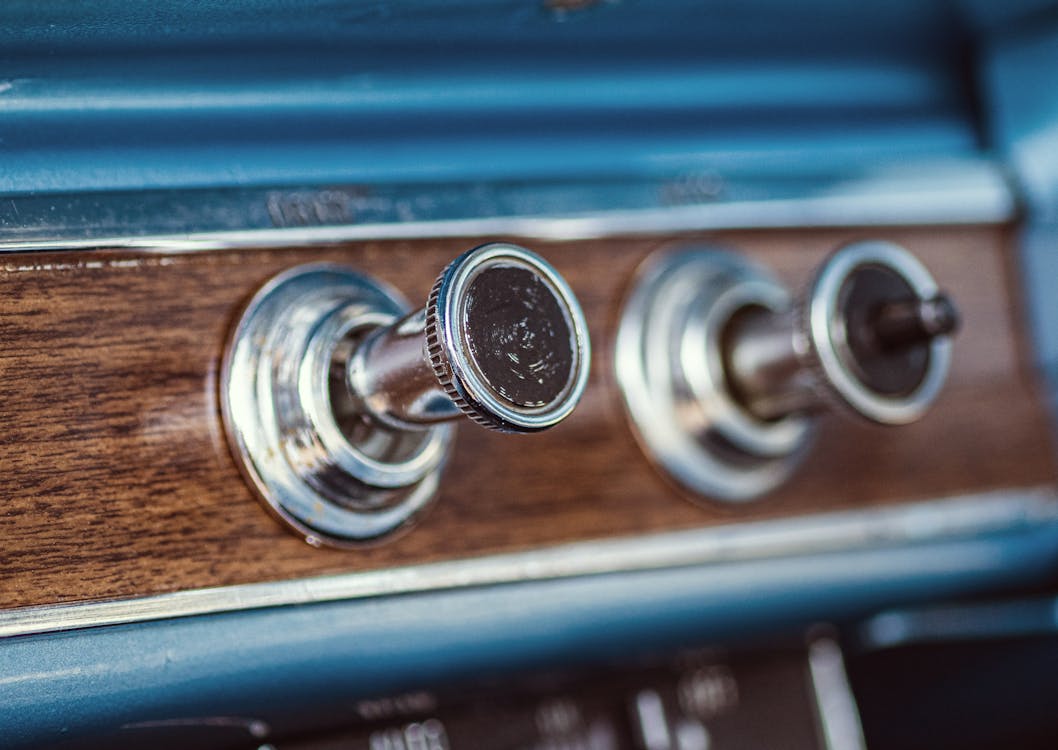
For the past years, auto insides have been quickly progressing towards smooth, screen-dominated control panels. Touchscreens replaced typical handles, sliders, and buttons in what several presumed was the inevitable march of development. Yet, in an unanticipated spin, physical buttons are silently making their way back into modern-day vehicles. The change signals more than simply a classic nod-- it's a response to real-world responses from vehicle drivers food craving simpleness, safety, and responsive satisfaction.
The Digital Overload Dilemma
When touchscreens initially began taking over dashboards, they felt like the future: clean, adjustable, and packed with functions. They removed clutter and enabled car manufacturers to enhance their insides with fewer physical elements. Yet as more attributes were buried within electronic food selections, vehicle drivers began to articulate issues.
Touchscreens often call for several actions to do fundamental jobs like adjusting the environment or changing the radio station. Unlike buttons, they lack the user-friendly muscle mass memory that permits a driver to change a setup without taking their eyes off the roadway. With a lot occurring on-screen, it comes to be all as well very easy to get sidetracked-- something nobody wants when traveling at highway speeds.
The Return of Tactile Functionality
Among the greatest benefits of buttons is their responsive feedback. You can feel them without requiring to look. This sensory support makes them not just hassle-free however much safer for drivers. When your hand intuitively recognizes where the volume handle is or how far to push a switch to activate the defrost, it lowers the demand to glimpse down or far from the roadway. And while touchscreens offer benefit for infotainment and navigation, the important day-to-day functions-- like threat lights, audio controls, and HVAC-- really feel far better fit to physical controls.
As a matter of fact, many vehicle drivers who formerly swore by digital systems have shared appreciation for newer models that blend modern-day aesthetic appeals with the functional feeling of traditional controls. It's not about turning down advancement-- it's concerning enhancing usability.
A Balanced Design Philosophy
Developers have paid attention to this shifting sentiment. As opposed to abandoning screens, they're reconsidering just how they're incorporated. The best interiors now strike a balance in between electronic versatility and analog precision. That means purposefully putting buttons for crucial features while utilizing digital interfaces for applications, navigating, and media.
This hybrid method is particularly prominent in cars developed for long-distance driving or family members. The convenience of pressing a button without stumbling via a menu makes a big difference when you're attempting to remain concentrated, comfy, and safe. Even in cars understood for sophisticated tech, a basic rotary dial or tactile control can be the feature that gains motorists searching for thoughtful layout.
Buttons and the Emotional Connection
There's additionally something distinctively emotional about switches. They bring a specific level of interaction that touchscreens just do not reproduce. Pressing a button or transforming a dial seems like you're literally connecting with your vehicle-- it adds a layer of connection that makes the driving experience extra delightful.
For those considering used Chevy cars, vehicles from current years commonly use the best of both worlds: receptive touch interfaces paired with timeless physical controls. These models bridge the gap in between technology and familiarity, making them ideal for chauffeurs that value modern features without compromising simplicity of use.
Technology Isn't Just About Screens
It's easy to conflate technology with displays, yet real innovation means enhancing the driver experience. In this light, buttons are a type of wise design. They're quick, accurate, and don't demand interest. As auto design comes to be increasingly driver-centric, convenience and intuitiveness take center stage.
This additionally connections directly into the resale and trade-in value of cars. Automobiles that focus on straightforward attributes have a tendency to age far better in the eyes of future purchasers. If you're considering a Chevrolet trade in, knowing that your present lorry offers a thoughtfully designed interior, total with easily accessible controls, can have a favorable influence.
The Future Is Functional
As car makers re-evaluate the function of interfaces in the cabin, they're assisted by vehicle driver responses and real-world functionality researches. The rebirth of buttons does not indicate a go visit back to the past-- it's a progression in thoughtful, user-first style. It acknowledges that progression doesn't constantly indicate getting rid of the old yet incorporating it in a manner that makes driving much safer, less complex, and extra enjoyable.
If you're in the marketplace and exploring Chevy new car deals, watch on just how various versions handle their indoor controls. It's not almost the touchscreen dimension-- it's regarding how the car assists you remain focused on the roadway while making your daily commute much more instinctive. Buttons may not be the flashiest feature, but they're quickly becoming one of one of the most appreciated.
For more understandings into automotive trends, interior decoration technologies, and clever car shopping pointers, be sure to check back consistently. We're always upgrading the blog with fresh concepts to assist you browse the road ahead.